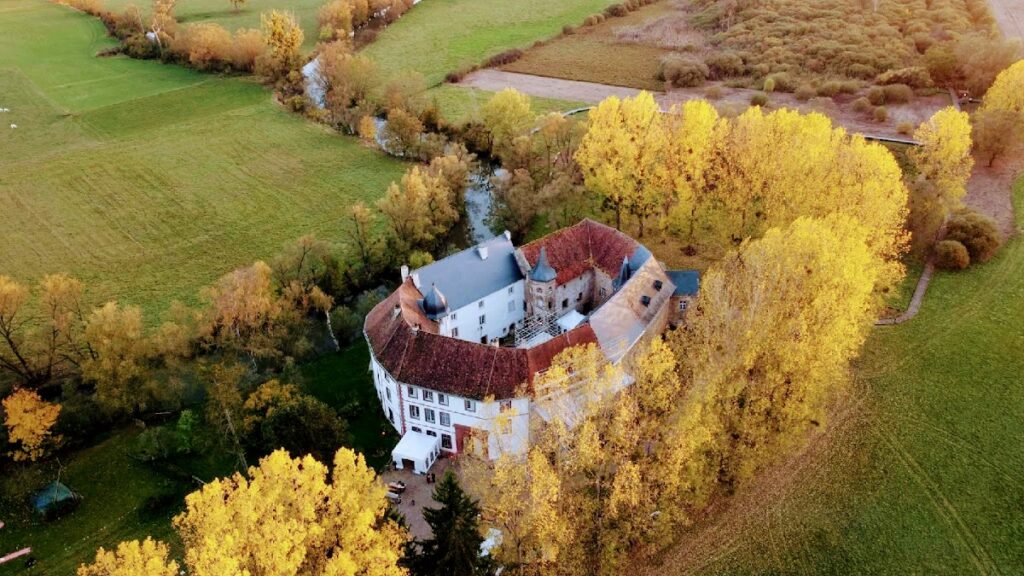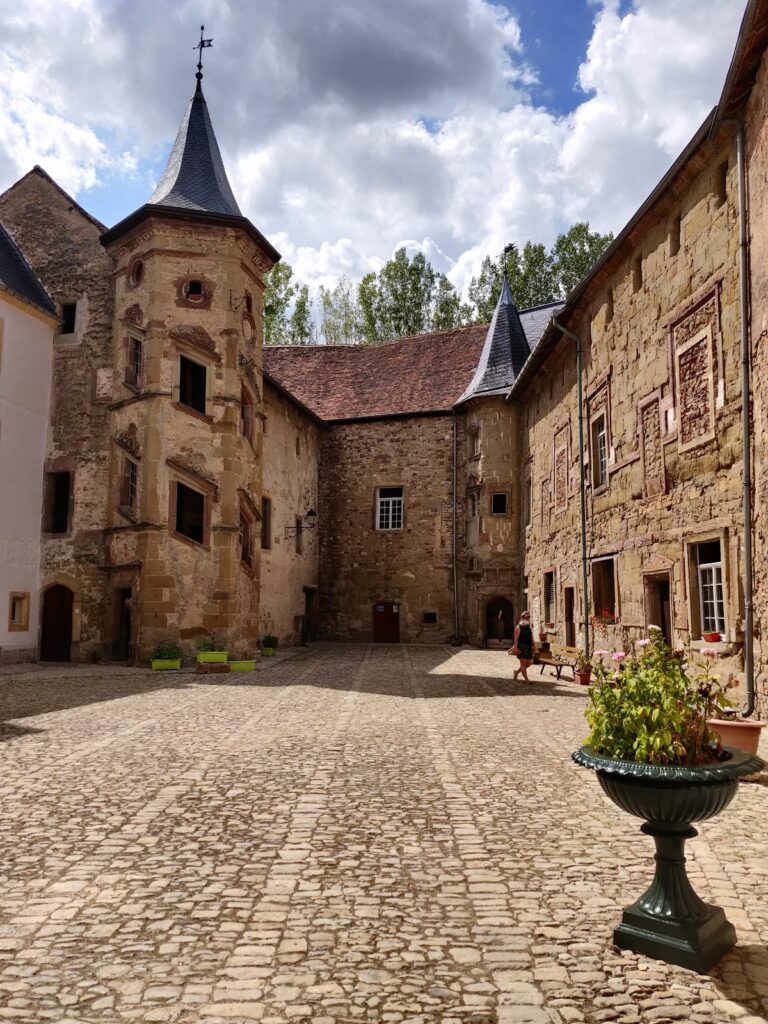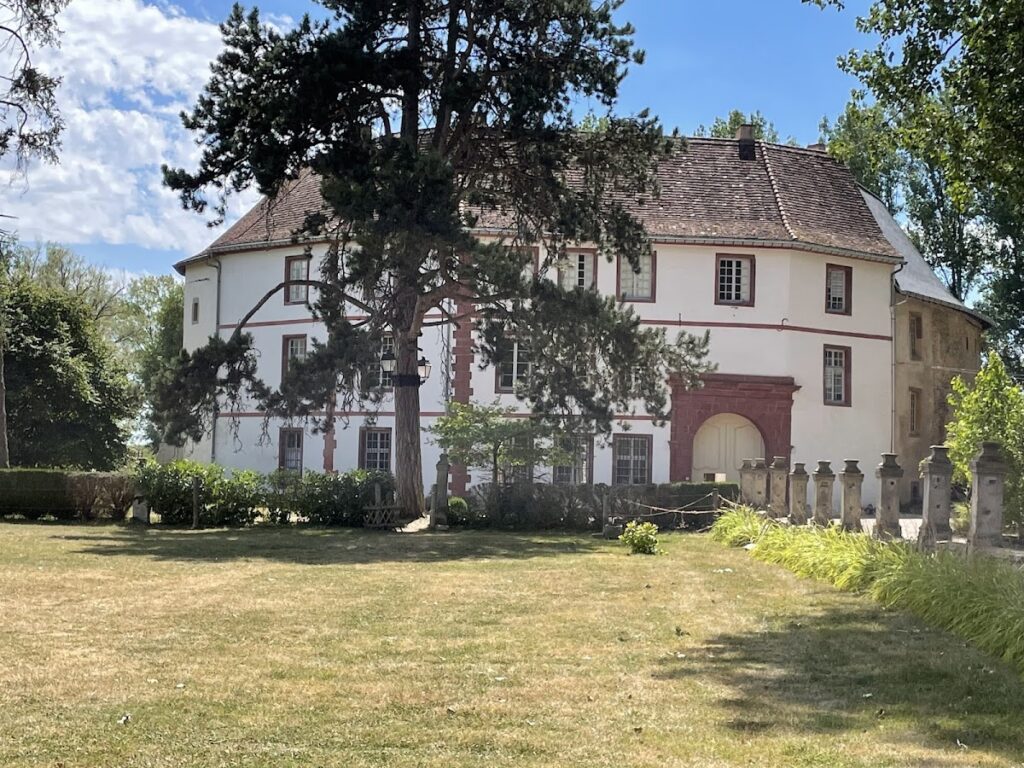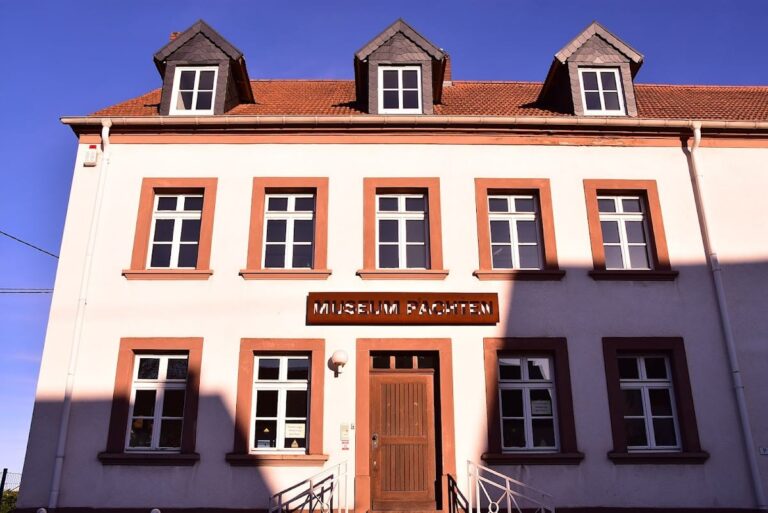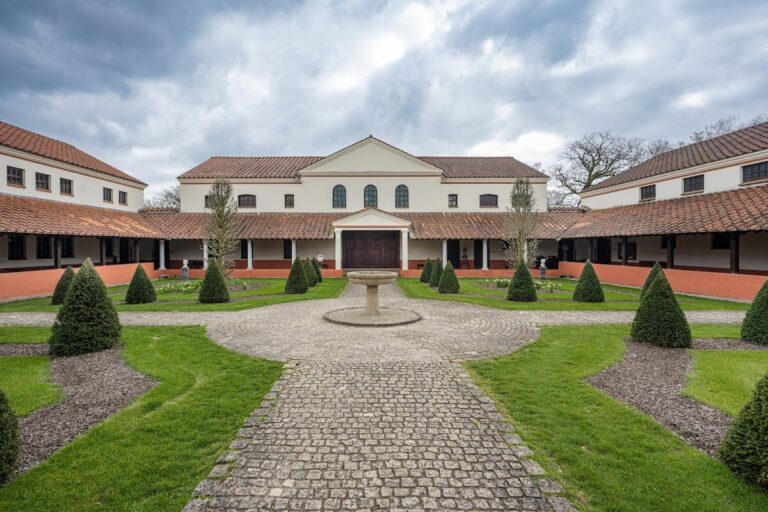Château Saint-Sixte: A Historic Castle in Freistroff, France
Visitor Information
Google Rating: 4.6
Popularity: Low
Google Maps: View on Google Maps
Official Website: www.chateausaintsixte.fr
Country: France
Civilization: Unclassified
Remains: Military
History
Château Saint-Sixte is located in the municipality of Freistroff, France. It was originally established in the 12th century by Wirich de Valcourt, a local lord, as a fortified stronghold. The castle was built on a plain between the villages of Freistroff and Rémelfang, serving as a center of defense and administration within the region.
During the Renaissance period in the 16th century, Château Saint-Sixte underwent substantial alterations that reflected the changing architectural tastes and functional needs of the era. These modifications transitioned the structure from a purely defensive fortress toward a more comfortable residence. By the 18th century, further transformations completed its evolution into a residence designed for peaceful habitation rather than military purposes.
Historically, the château held a significant administrative role as the seat of a local jurisdiction known as a vouerie. From this position, it governed six surrounding jurisdictions, reflecting its importance in regional governance and justice. In the late 20th century, the castle fell into serious disrepair, threatening the loss of its historical fabric.
This decline was reversed when the Gehl family acquired the estate in 1986 and began intensive restoration efforts to conserve the structure. Their work led to Château Saint-Sixte being officially recognized as a monument historique by the French Ministry of Culture in 1991, underscoring its cultural and historical value. Since 2007, Philippe Gehl has guided further restoration projects with support from regional cultural and governmental institutions, ensuring the château’s preservation for the future.
Remains
Château Saint-Sixte presents an uncommon oval layout, distinguished by its six individual buildings arranged around a fully enclosed central courtyard. These buildings were originally separate structures but together form a cohesive complex encircled by historic moats. These water defenses were once linked to the nearby Nied river, providing natural protection and enhancing the castle’s strategic position on the river’s left bank, detached from the village itself.
Each of the six buildings features two-sloped tiled roofs, reflecting construction styles that evolved over the centuries. At three corners of the courtyard stand polygonal staircase towers, which provide vertical access to the upper floors. A fourth tower once completed this arrangement but no longer survives. These stair towers are significant architectural elements, highlighting the castle’s design for both security and residential use.
The château’s state of preservation has improved notably through the restoration and conservation work initiated by the Gehl family. These efforts have secured both the structural stability and the architectural integrity of the site, protecting it against future decay. While public access is limited to certain seasons and facilitated through guided activities, the castle remains an important example of medieval fortification adapted over time into a noble residence.
